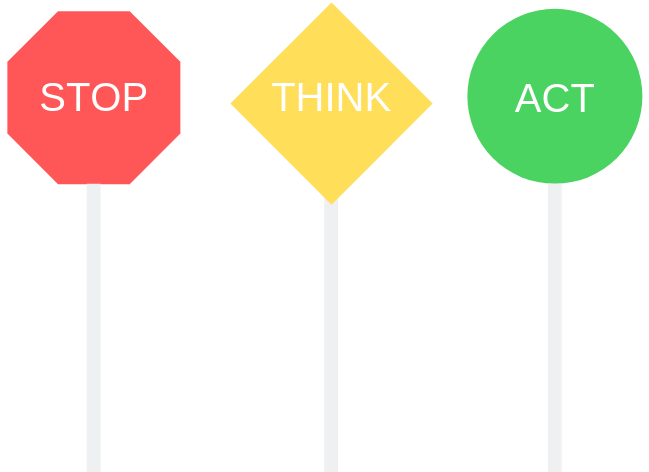Safety
Safe Project Design
We had to conceive our project and make design choices that would result in an efficient, usable and safe trap to the general public. Our initial plan was to develop an enhanced fungus able to attract bed bugs and kill them more quickly than an unmodified fungus. There is no doubt that genetically modified organisms have a notoriously bad reputation. First, our discussions with experts and feedback from the general public raised biosafety concerns about the super-virulent fungus that could harm other species of insects such as honey bees. We understand there is concern about the bee population. Bees are vital to agriculture and the environment and protecting them is a shared responsibility among stakeholders. The plan was probably not acceptable to legislative authorities. Second, discussions with the bed bug expert, Mr. Jean-Michel BERENGER, comforted us in the use or a pheromone-based trap. Third, feedback from the general public indicated a trap containing live genetically modified organisms was only partially acceptable.
Based on this input, we made capital adjustments to our initial plan. Our final trap design incorporates, pheromones and adjuvants, extracted from bacteria, to facilitate the infection of bed bugs. Thus, the trap does not contain, or release into the environment, any genetically modified organisms.
Safe Lab Work
Before starting the lab work, the team members were given a biosafety and lab security workshop directed by Maialen CHABALIER (the Biosafety officer and technician). The objective of the workshop was to ensure the well-being of students and to avoid injuries or contamination. The workshop also covered: laboratory access rules, general laboratory practices, personnel security equipment, chemical labelling, biohazard labelling and waste disposal. Safety procedures and practices include:
- A strict dress code: closed shoes, long pants, longsleeved lab coats, gloves, tied hair...
- Regularly disinfecting workbenches.
- Dedicating a specific workbench for manipulating potentially toxic chemicals (GelRed nucleic acid stain, polyacrylamide...).
- Wearing a safety mask and working under an extractor hood when manipulating volatile and/or toxic chemicals or organisms.
Offering everyone the safest possible working environment is a priority for the CNRS establishment. Thus, a prevention guide grouping health, safety, and environmental guidelines were always around. Safety was the pillar on which our work stood. Integrating the various procedures into our daily lab work facilitated our performance.
Safe DNA Shipment
We have successfully submitted all of our generated parts to the iGEM registry following all the safety requirments for DNA shipment. Thus, we encountered no problems during the shipment.



